“The new F1 from OPPO impresses with its design and aims to please selfie lovers”
Chinese brand OPPO isn’t new in India, and is known for its well-designed smartphones, some of which score high on innovation… such as the Find 7 (review) and the N3 (review) for example. In some sense, these devices were ahead of their time. If you recall, the Find 7 was the first smartphone in India to offer a QHD display, a spec that is becoming mainstream for most premium flagships today. The Find 7 also featured VOOC, the brand’s proprietary fast charging technology. Fast charging, implemented slightly differently by different smartphone brands, is also becoming quite popular now. The N3, like its predecessor, the N1 (review), came with a swivel camera that handled both primary photography and selfie duties. The brand focusses quite a bit on the photography aspect, as is evident from most of its offerings. However, it has been overshadowed by rivals that offer more loaded smartphones for lower prices. With the new OPPO F1, it’s attempting to get back into the game in a much stronger way, as the phone boasts quite a few compelling features and a gorgeous, all-metal bod that should get it its share of the limelight. Let’s take a closer look.
Comparisons with the Apple iPhone 6 design are inevitable when one holds a compact, all-metal phone with rounded edges. That said, we think the OPPO F1 can probably stand out on its own in terms of looks – the 5-inch phone is not just compact, it’s quite lean as well. Nestling in the palm like a baby wrapped in a blanket, it looks and feels rather premium, all thanks to its slim metal body that curves around the edges. The 2.5D curved glass on the screen imparts an even more classy appearance, along with adding a certain character that makes the fascia look rather interesting.
The left spine is home to a pair of volume keys, separate ones instead of the usual rocker implementation. On the right, you’ll find a power key along with an ejectable tray that can gobble up a micro-SIM, along with either a nano-SIM or a microSD card.Talking about the front, you’ll find a row of capacitive navigation keys below the screen. These keys aren’t backlit, which seems like a shame. On top, there’s the front cam, earpiece and sensors. The headset socket and micro-USB port are the top and bottom respectively.
Flip to the rear, and you’ll see a rectangular glass window on top left, covering the primary camera lens. An LED flash is placed below it. Then there’s OPPO branding, and further below, the phone speaker.
The 5-inch screen offers HD resolution, and while we’d prefer full HD at this price, looks good and pumps out vivid colours. We didn’t face an touch sensitivity related issues either. With an octa-core Snapdragon 616 processor and 3 gigs of RAM providing the horsepower, the performance seems smooth, based on our brief usage. Out of 16GB of storage, a little over 9 gigs was free on our demo unit, but do give us time to check out a retail unit before we confirm available storage. Up to 128GB more can be added by way of the microSD slot, though you’d need to forsake dual-SIM capabilities for this. The usual connectivity options are available, covering 4G LTE and USB OTG as well. The 2,500mAh battery that fuels the device seems a tad weak on paper (considering most others in the same price bracket offer beefier batteries), but we’ll wait till we get a chance to use the F1 extensively before passing judgement.
The OPPO F1 runs the latest version of ColorOS, based on Android Lollipop. The custom ROM offers mostly the same interface and features we’ve seen on OPPO’s phones earlier, but there are a few new additions as well. There’s no dedicated app drawer as usual, and the preloaded apps include a Theme Store as well. The leftmost home screen is completely occupied by a music widget. Some of the other noteworthy options and features available in settings include a notification centre that gives you control over app notifications, ‘Real soundtrack’ tech for audio enhancement, and a customisable eye protection mode for the screen.
A variety of gestures are supported, including double tap to wake, double tap home key to sleep, and pinch close with multiple fingers to launch the camera. You can use upward or downward swipes using three fingers to capture screenshots, while the same gesture using two fingers lets you control volume. Screen-off gestures, like drawing the letter ‘O’ to launch the camera, ‘V’ to switch on the flashlight, and controlling music playback are also supported, and custom gestures can be defined as well.
Camera prowess is touted as one of the hero features of the OPPO F1, and it offers a 13MP shooter at the rear, along with an 8MP snapper up front. In fact, its selfie-taking abilities are said to be a key highlight, and it offers related features to support that. One of these is a screen flash feature that lights up the screen while you're taking a selfie, attempting to enhance the results in case the lighting is low. The camera app packs in quite a few options, but they’re all hidden from view, as the app features a clean, minimal interface at first glance. All you’ll see up front are the toggle for the front camera, flash options and the option to switch between still shooting and vidoes.
Tap the modes button on the side, and you’ll see the various modes available. These include beautify, HDR, panorama, slow shutter, Ultra HD, filters and a GIF mode. These shortcuts are editable, which means you can hide these if you want, and add other functions from the list available under the large button labelled “More functions”. The list includes double exposure, super macro, and even an expert mode that offers manual functions. There’s a RAW mode for stills, a feature that’d be appreciated by photography buffs who like to play with their captures post shooting. As far as video is concerned, the OPPO F1 lacks the option to shoot in 4K, restricting the max resolution to 1080p. Slow-mo and time lapse options are there though.
Overall, we walked away impressed with what the OPPO F1 has to offer. The design is certainly the highlight, while we still have to figure out how capable those cameras are. OPPO isn’t known for pricing its phones aggressively, but at Rs 15,990, the F1 seems reasonably priced. That said, it still can’t match up in terms of pure specs with others in the same price range, going head-to-head with the likes of the OnePlus X (review) and the Lenovo Vibe S1 (review). A few others which are priced lower, the LeEco Le 1s (review) for instance, are better in terms of pure specs too. Just specifications however, aren’t everything… and it’s the user experience that matters. As far as we’re concerned, the OPPO F1 has what it takes to be a compelling option, but for that, it needs to deliver on the basics – performance, battery life and camera quality. If it can do that, OPPO could have a winner on its hands. A detailed review will separate the wheat from the chaff, so watch this space.
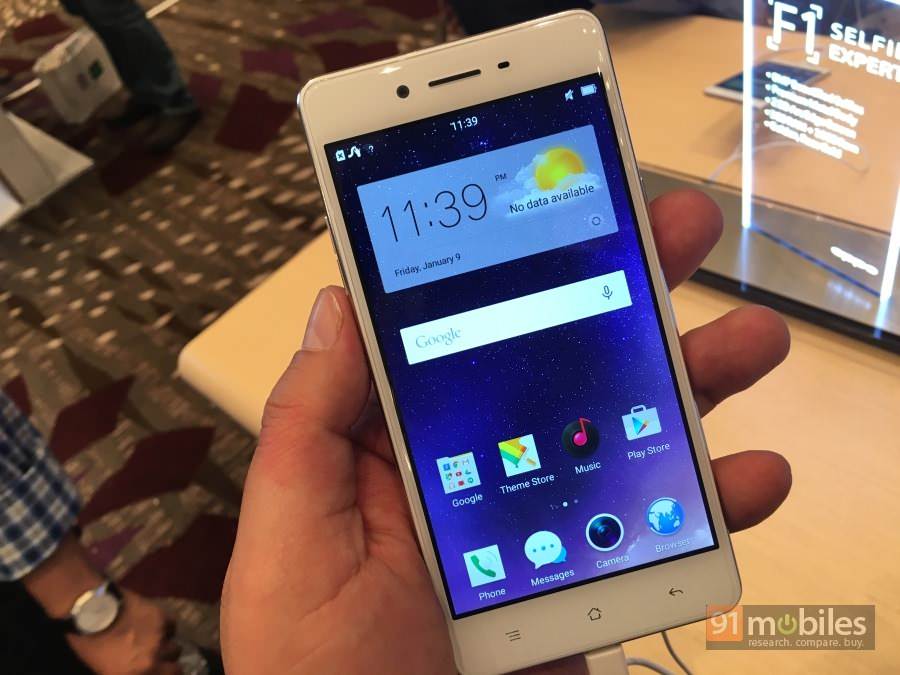
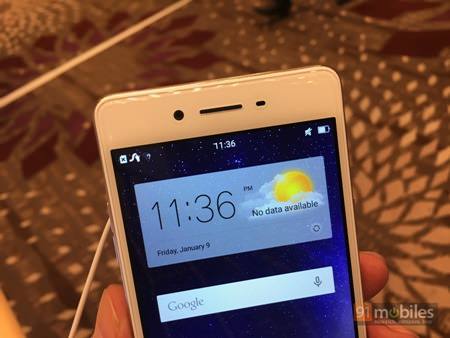

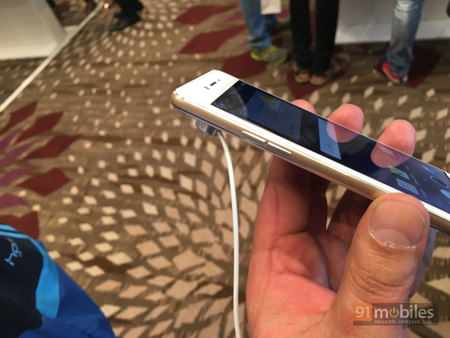
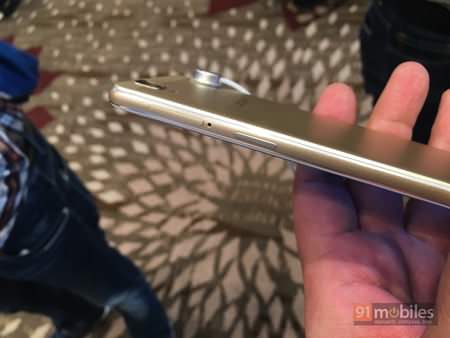
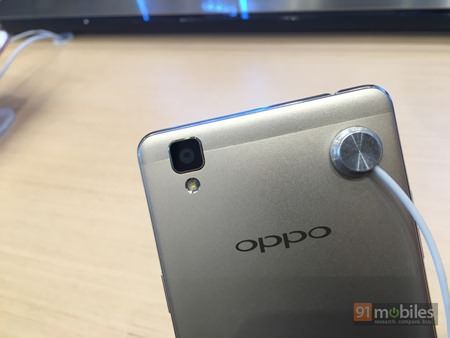
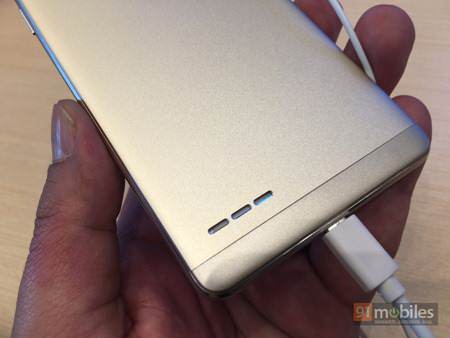
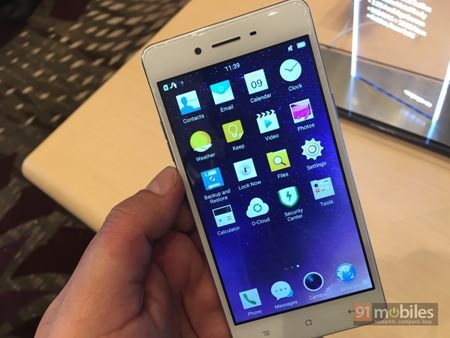
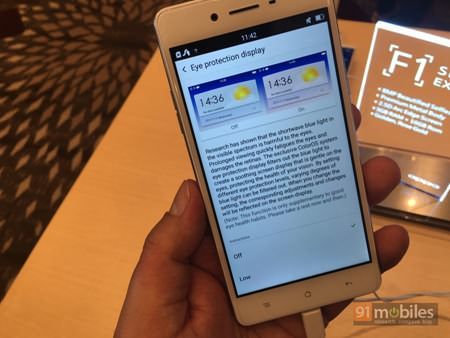
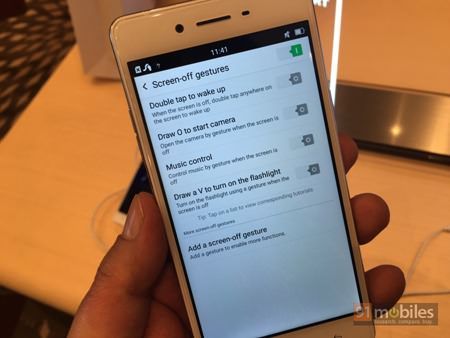
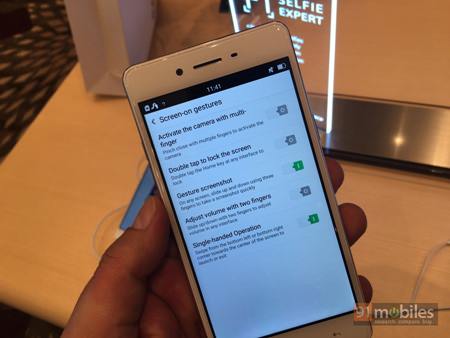

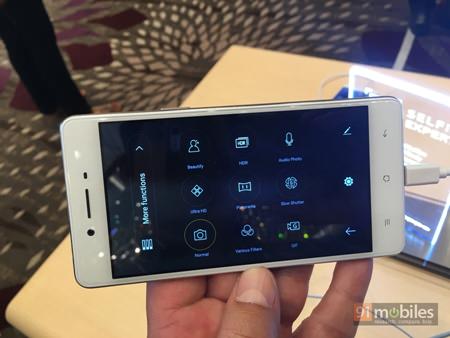
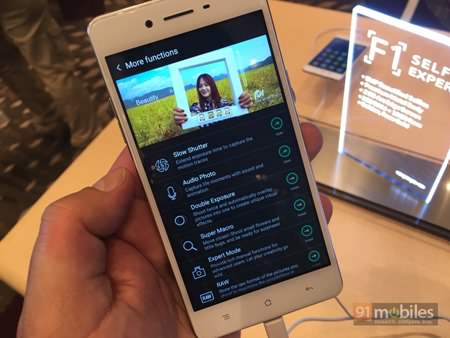
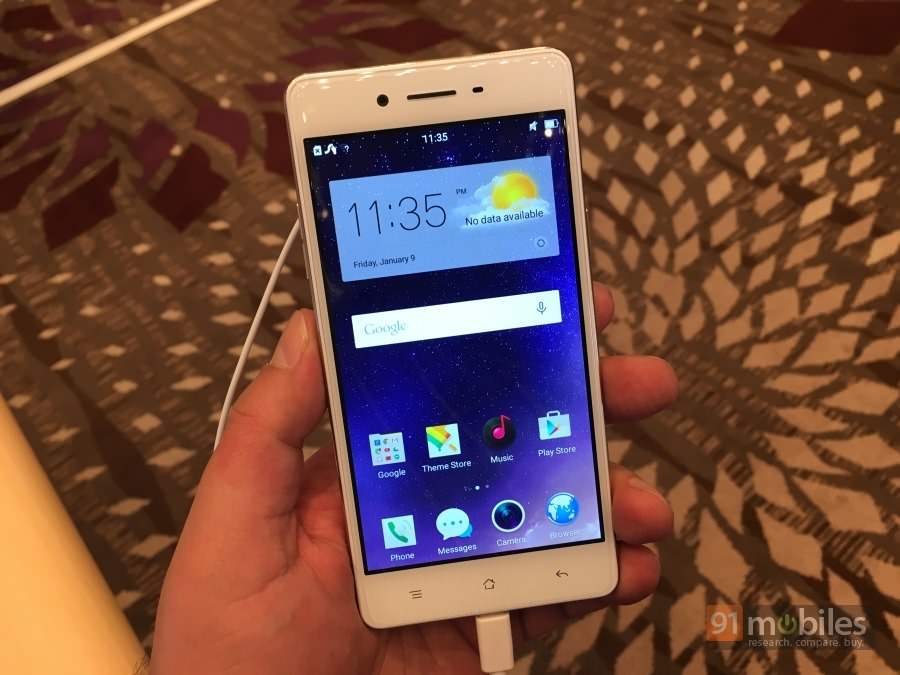
No comments:
Post a Comment